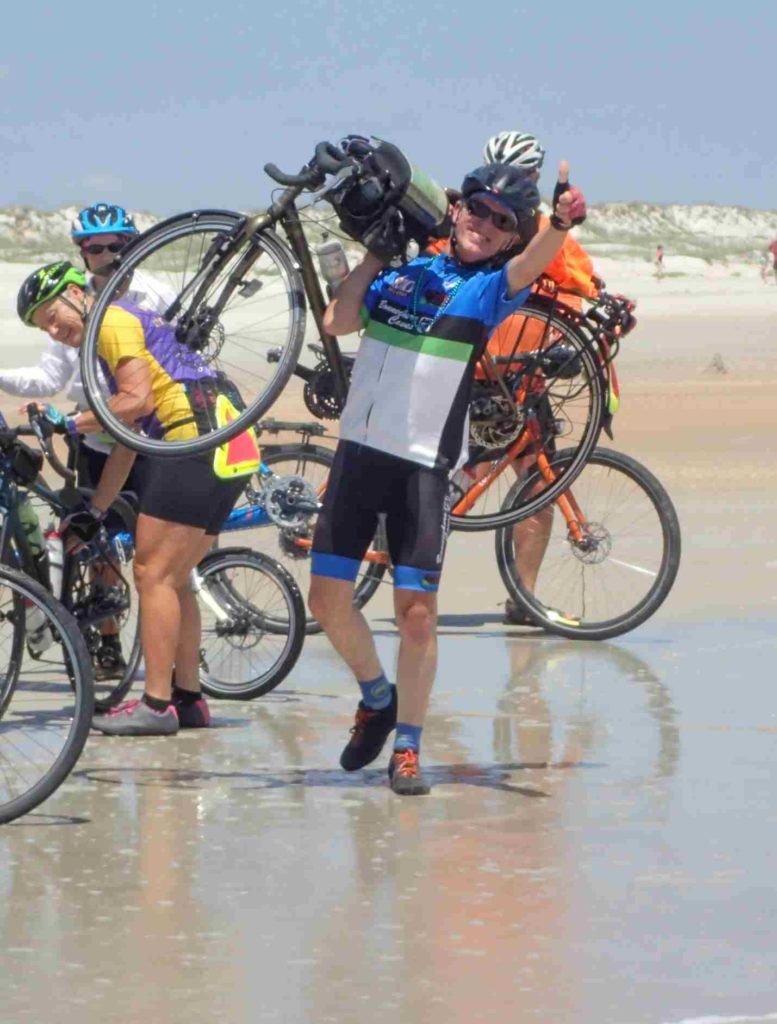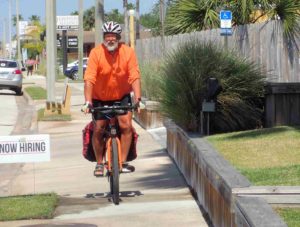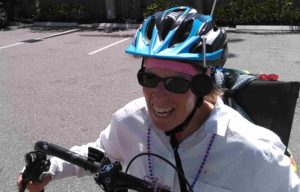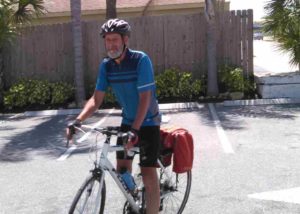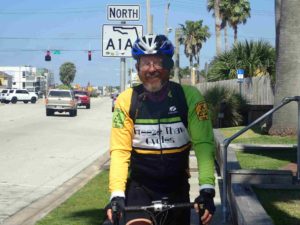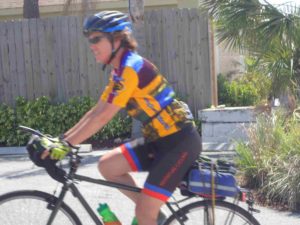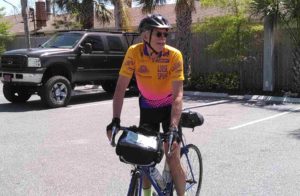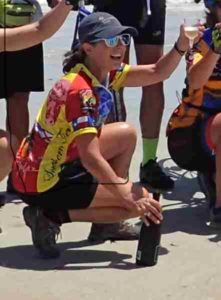May 1, 2018
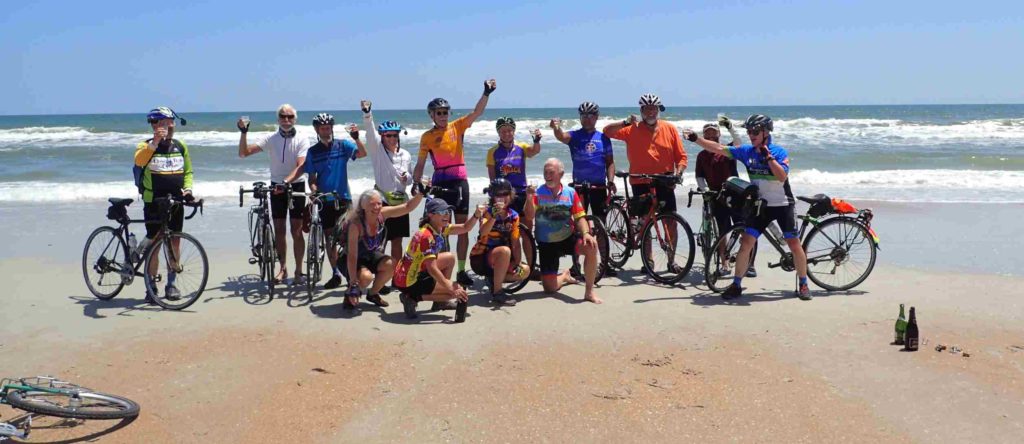
- 59 days of adventure +
- 51 days of riding +
- 3100+ miles ridden +
- Approximately 4 million turns of the crank +
- Heaven knows how many feet of climbing +
- Eight states and one continent crossed
- Equals one epic journey!
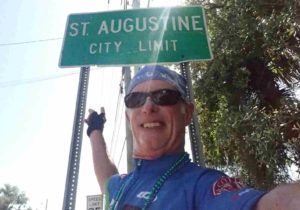
This is our final day of the the Southern Tier. Nearly all of the above is behind us except for 41 miles and a tire dip in the Atlantic Ocean. The weather is still fair and we are off on the final leg. Every mood is upbeat and our hearts light, our legs lithe and our spirits soaring. We will have accomplished that which only a tiny fraction of a percent of the population has attempted. There will be others who have gone further, faster or more often but this is our day and the end of our adventure. Throughout we 14 mostly strangers have become friends and forged a memory to last us through the rest of our days.
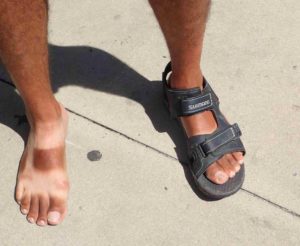
It is an easy ride and while we are eager to finish it, dip our tires and reunite with family and loved ones there is a part of us that sees the end with some regret. We will have other adventures but this one will always stand tall in comparison. Cammie and Kelly have been great guides across the continent and throughout they have helped us work together to accomplish this. At the very end we have chosen to wait for everyone to finish and ride together for that celebratory tire dip in the Atlantic.

It is fitting that this, our last day, is also National Bicycle Safety Day. It is also sad but fitting that along the route of this last day that we see a reminder of why bicyclists and drivers must both do all we can to make this sport one where safety comes before all else. We passed the memorial with thanks that our own journey was without any serious incident.
Our final rolling moment comes at the beach in Saint Augustine, Florida where we ride together to the water’s edge for hugs, shouts of joy, ceremonial bicycle lifts, champagne toasts and the total glee of one of life’s great moments. It will stay in my mind and I hope those off my Southern Tier family forever. Whatever lay ahead, this memory will last!


